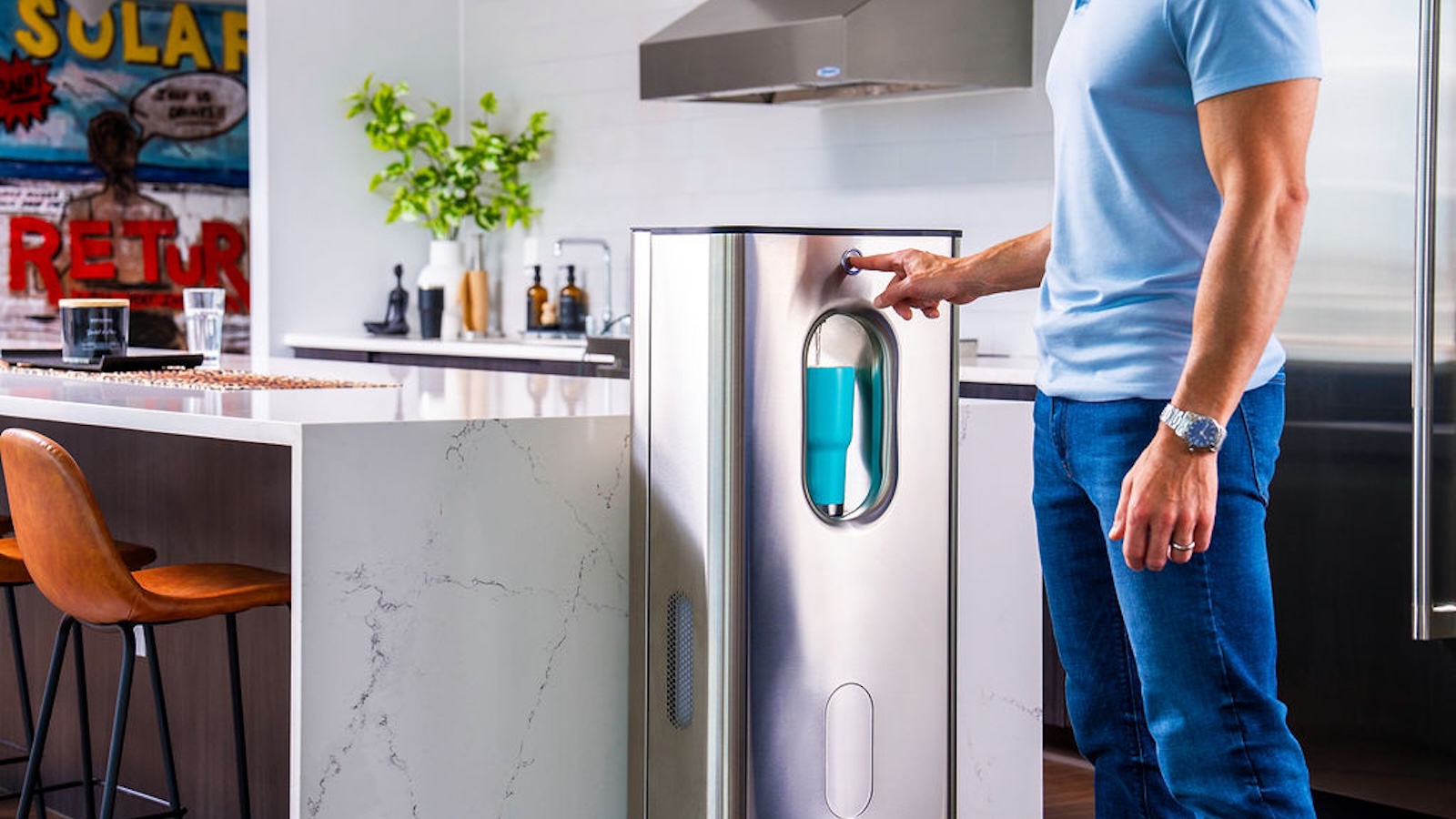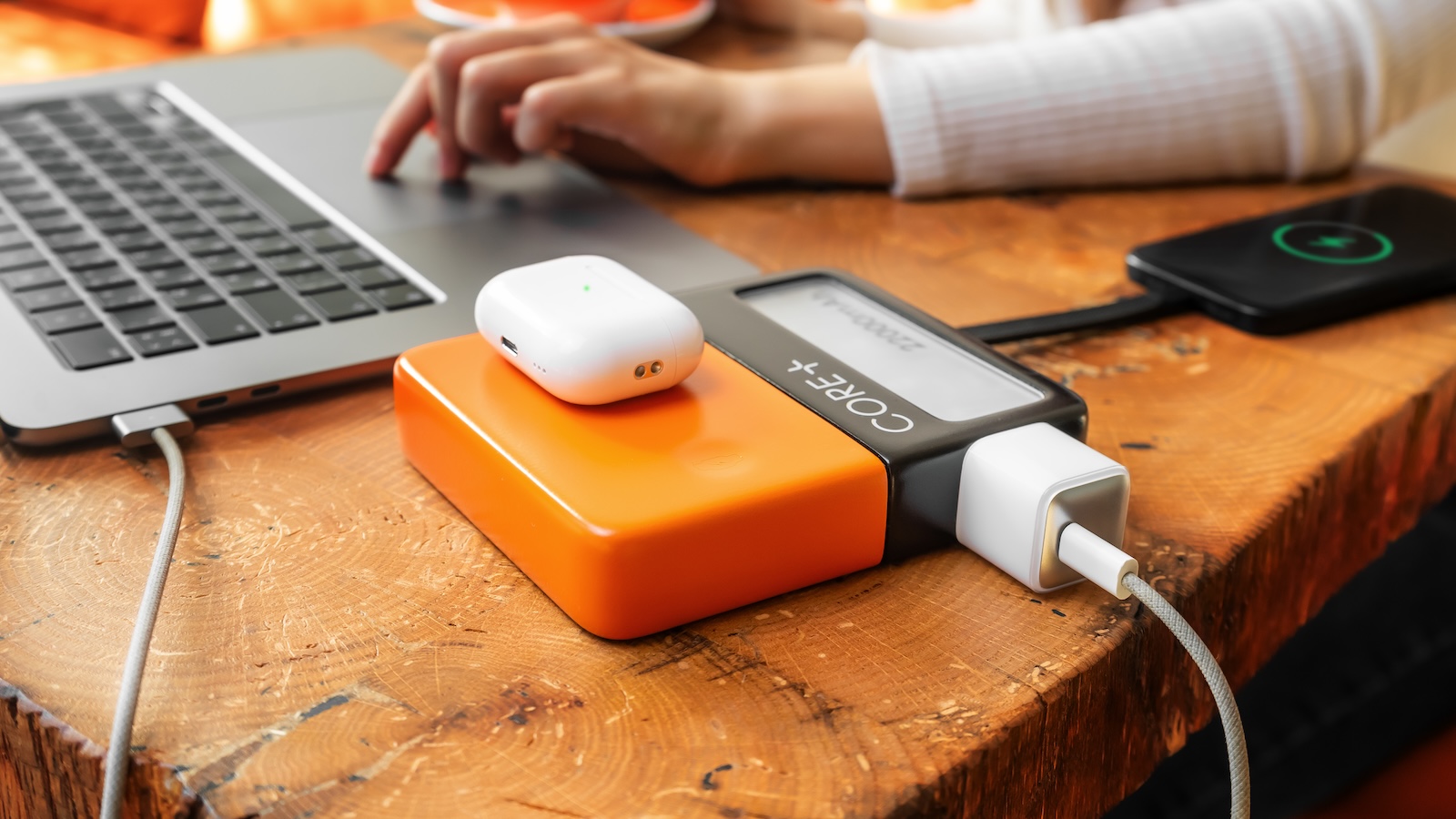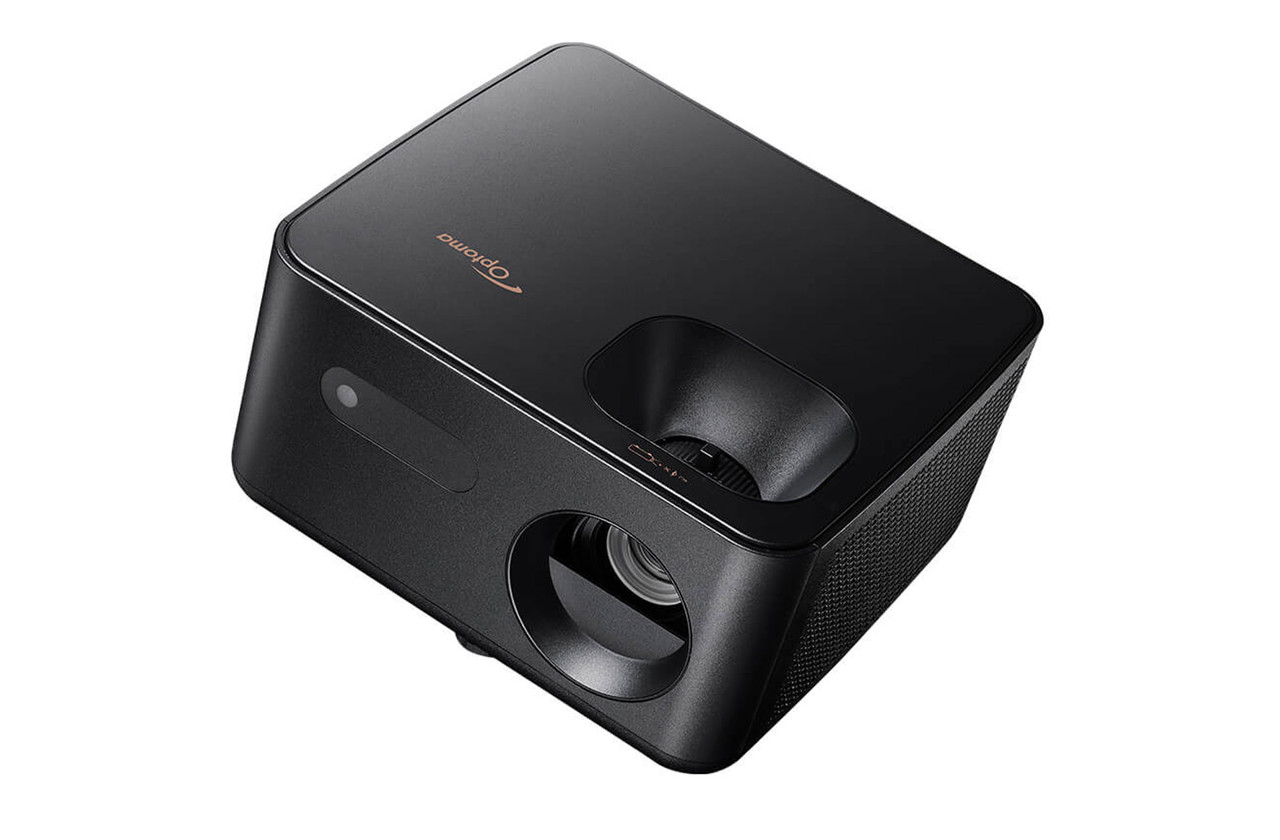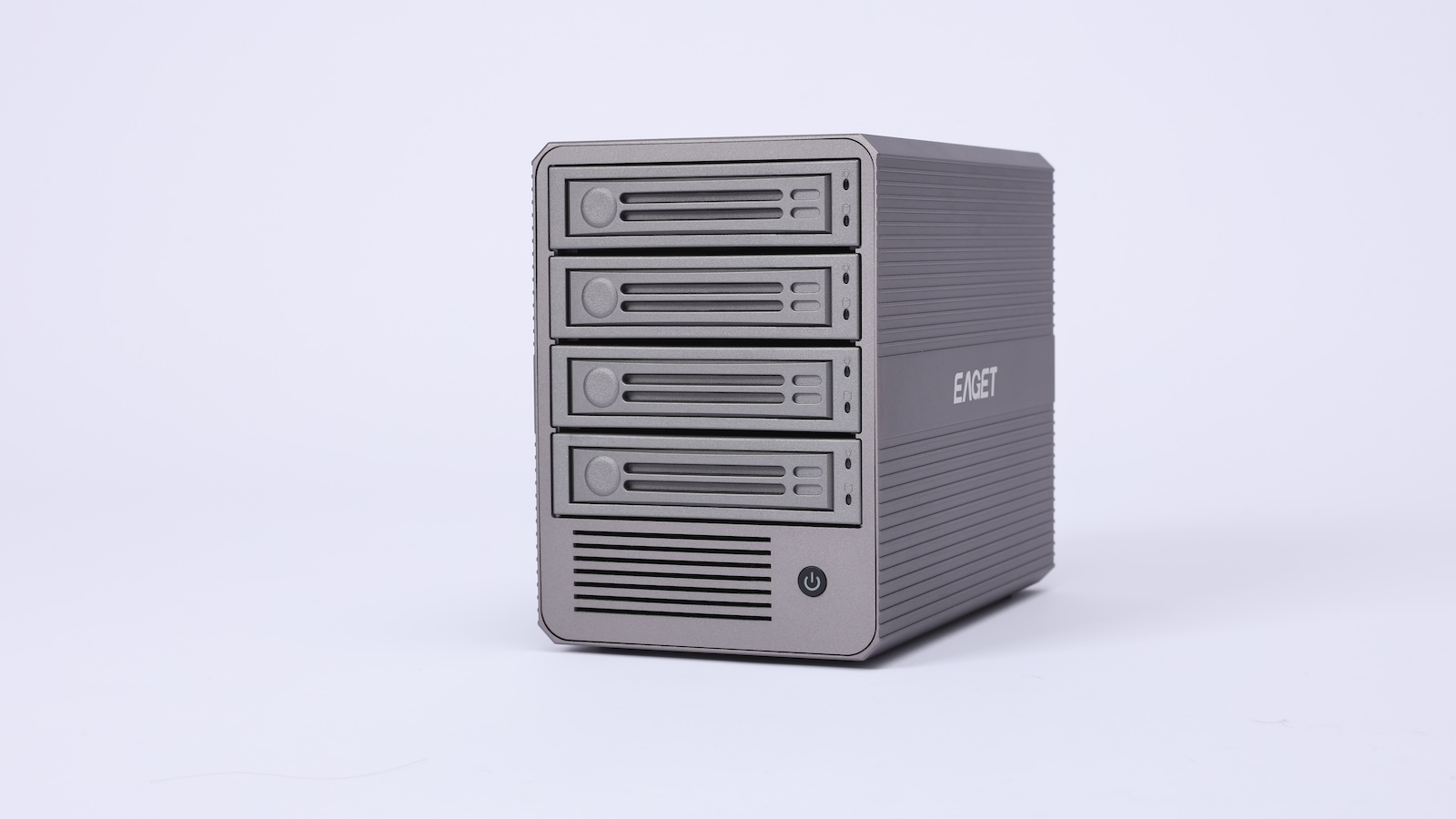Quick summary: This 15‑paragraph article describes the Kara Pure 2 Air‑to‑Water Dispenser—how it works, its main features, practical use, and key considerations—organized into short, easy‑to‑read sections.
The Kara Pure 2 is a freestanding appliance designed to generate drinking water from ambient air. It aims to provide a continuous source of mineral‑enriched alkaline water for home or office use.
Core technology
The unit uses a desiccant‑based atmospheric water generation process branded as AirDrive™, which extracts moisture from air and converts it into potable water. The system also adds minerals and applies purification steps to deliver ready‑to‑drink water.
Capacity and quality
Kara Pure 2 is marketed to produce up to 10 liters per day and to deliver water with an alkaline pH around 9.2+, intended to appeal to users seeking mineralized, higher‑pH water .
Design and interface
The dispenser emphasizes a modern, minimalist look with a larger pouring area and a touchscreen interface in its updated models. Newer variants highlight a 7‑inch touchscreen and ergonomic improvements for everyday use.
Filtration and safety
Filtration combines mineral fortification with UV sterilization and multi‑stage filters to reduce contaminants and microbial risk. Independent reviews note UV‑C sterilization and layered filtration as part of the purity strategy.
Temperatures and convenience
Kara Pure 2 offers hot, cold, and room‑temperature dispensing options, making it suitable for beverages and cooking without additional kettles or coolers. The unit is designed to be plug‑and‑play, requiring no plumbing.
Practical placement
Because it draws moisture from the air, the dispenser performs best in moderate to high humidity environments and should be placed where airflow is adequate. Placement near vents or in open rooms improves efficiency.
Maintenance needs
Routine maintenance includes replacing filters, cleaning the reservoir, and occasional service for the desiccant system. Users should budget for periodic filter changes and follow manufacturer schedules.
Environmental impact
By reducing bottled water use, the device can lower plastic waste and delivery emissions. Its electricity use and filter disposal are tradeoffs to consider when assessing overall sustainability.
Cost and value
The upfront cost is higher than a typical water cooler, but proponents argue value comes from ongoing on‑site water production and reduced bottled purchases. Total cost depends on local humidity, electricity rates, and maintenance.
Who benefits most
Ideal users include remote homes, offices seeking a premium water source, and eco‑minded consumers who want to cut bottled water reliance. It also suits locations where tap water quality is a concern.
Limitations to consider
Performance drops in very dry climates and extreme cold; output is humidity‑dependent. Buyers should verify expected daily yield for their local conditions before purchasing.
Safety and certification
Prospective buyers should check for local safety certifications, filter specifications, and warranty terms. Confirming UV and filtration claims with documentation helps ensure product reliability.
Conclusion
Kara Pure 2 presents an innovative, design‑forward approach to on‑demand alkaline water by harvesting moisture from air. For the right environment and user priorities, it can be a convenient, low‑waste alternative to bottled water.




